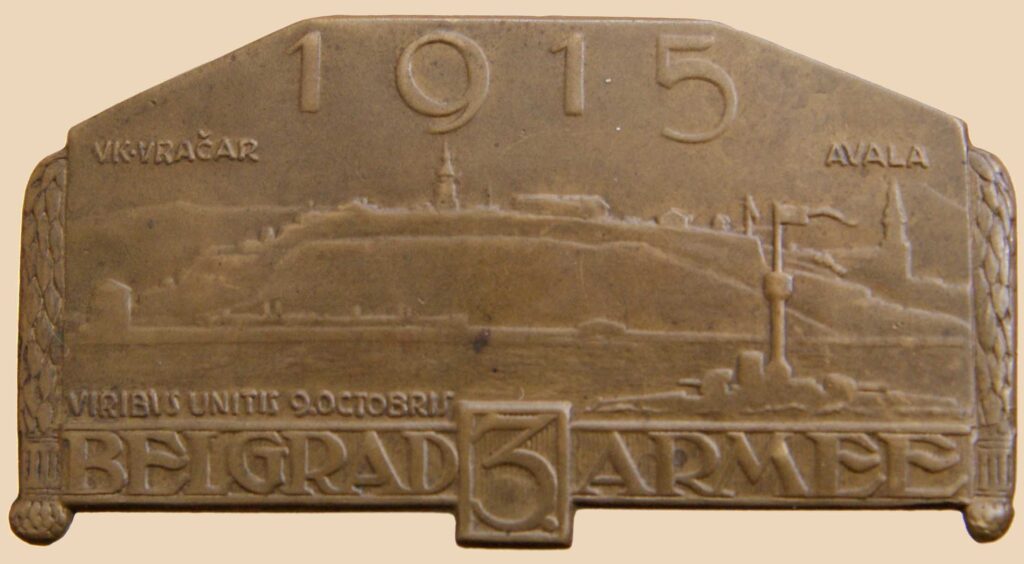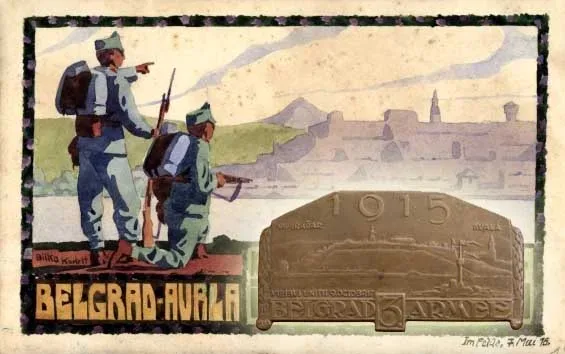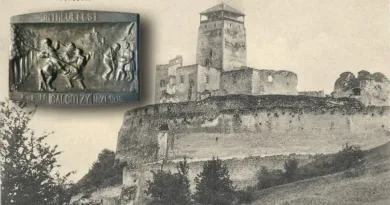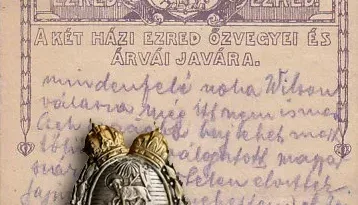Belgrade panorama
Belgrade, a city built at the confluence of the Danube and Sava rivers, has been inhabited since prehistoric times. The Celts and the Romans built a permanent settlement here for the first time. In the early Middle Ages, it was first the property of Byzantium and then of the Bulgarian Empire. The Kingdom of Hungary, which was established north of the city from the 10th century, included it in its sphere of interest too, so the area became the scene of armed conflicts between the three empires. In 1284, the city was given to the Kingdom of Serbia as a gift from the Hungarian king. The Ottoman Turkish attacks led to the decline of the Kingdom of Serbia in the Balkans, so Belgrade became the capital of the Serbs from the end of the 1300s. The city’s famous fortress was also built at this time, the remains of which were incorporated into later fortifications.
In 1427, the Serbian despot George Brankovich returned Belgrade to the Hungarian king. At that time, Belgrade became the most important southern defensive fortress of the Kingdom of Hungary to fend off advancing Ottoman attacks. As a Hungarian stronghold, it resisted the attack of the Turks in 1456, which was led by Sultan Mehmet II. personally, the conqueror of Constantinople. After that siege, the Turks had not tried to capture the fortress for 70 years, but in 1521 they finally succeeded. Under Turkish rule, Belgrade became the most important base for further military operations towards the west, flourished and became Turkified. In the 1700s, the decline of the Turkish Empire saw battles for the city between the Turks and the Habsburgs with varying success. The Serbian state, which was reconstituted as a Turkish fiefdom in the 1800s, was only able to acquire the city from the Turks in 1867. In 1882, the establishment of the Kingdom of Serbia finally ended the long Turkish rule in the region. Belgrade became the capital of the new Serbian state.
The city lay on the border of the Monarchy, on the other side of the river Sava is the city Zimony belonging to the Kingdom of Hungary. Therefore, during the conflict with the Serbs in the Great War, the first offensive operations of the Monarchy hit Belgrade. This fact also justified the fact that a badge decorated with the city’s panorama was made for the troops participating in the siege of the city. I present this Kappenabzeichen in this post. The badge features one of the Danube monitors attacking the Belgrade fortress. In the background behind the fort are the names of two objects over the city skyline.

The inscription VK Vracar indicates the elegant downtown area, which is located directly behind the fortress viewed from the confluence of the two rivers. In the middle, the Clock Tower is a structure with a tower helmet standing behind the walls of the fortress. This tower stands above the gate of the fort. To the right you can read the inscription Avala. Avala is a popular hiking spot, a 529-meter high mountain in the Belgrade area. Today, a TV transmission tower can be seen on its top. The outline of the mountain can be seen vaguely in the background. The baroque church tower visible in front of it could perhaps be the tower of the Archangel Michael’s Orthodox Basilica. The walls of the lower part of the fortress and one of its bastions can be seen on the river bank. The field postcard shows the fortress from a slightly different position, with Avala in the background.




